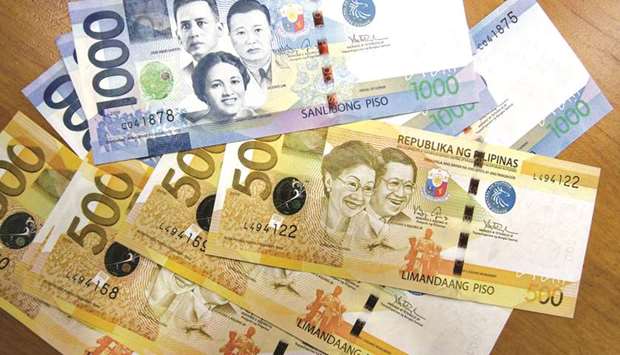The Philippines’ worsening external position increases its reliance on foreign financing and amplifies the downside for the currency as the siege in Marawi City adds a layer of political risk.
The falling peso has made a central bank plan to cut lenders’ reserve requirements more challenging, Deputy Governor Diwa Guinigundo said this week.
“Marawi is more important now that the current account has fallen to zero,” said Nizam Idris, head of strategy for fixed income and currencies at Macquarie Bank in Singapore. “When you have uncertainties the lack of a current-account buffer will definitely impact your currency more than it used to in the past.”
The current-account deficit may widen to $1.6bn in 2018, from an estimated $600mn shortfall this year, Deputy Governor Guinigundo said on Thursday.
Idris sees the peso falling to 52 per dollar by year-end, 2.8% weaker than current levels. Other analysts are also getting more pessimistic, with the median end-2017 estimate dropping 1.2% so far in July to 50.8.
The Philippine currency has already lost 1.6% this year, the worst performance among emerging markets after Argentina’s peso.
It rose 0.2% to 50.535 in Manila on Thursday.
“We’ve taken a relatively more negative view of the peso in the last few months,” said Mitul Kotecha, head of Asian foreign-exchange and rates strategy in Singapore at Barclays, the most-accurate peso forecaster in Bloomberg rankings last quarter. “We see some risks around remittances too,” said Kotecha, who has a year-end estimate of 50.5 a dollar.
Money sent home by Filipinos living overseas accounts for almost a 10th of the nation’s gross domestic product.
While the peso has bucked this year’s trend of gains in emerging-market currencies, Philippine stocks have still done well. The nation’s benchmark gauge has risen 18% in 2017, while GDP increased 6.4% in the first quarter, among the fastest rates in Asia.
The current account has deteriorated and is unlikely to improve, but “we’re still comfortable with the Philippines macro story,” said Jean-Charles Sambor, London-based deputy head of emerging-market fixed income at BNP Paribas Asset Management. “A weaker currency isn’t always bad news.”
Strong domestic demand and a much-needed government infrastructure program have worsened the trade balance, analysts at HSBC Holdings led by Paul Mackel in Hong Kong, said in a note on Wednesday. The peso has become more reliant on capital flows, “but the external sector is unlikely to ride to the rescue” and the central bank may have to play a more active role in managing the currency, they wrote.
The Philippines has only managed to attract $1.1bn of stock and bond inflows this year amid an emerging-market rally, compared with $8.6bn in Indonesia and $4.6bn in Thailand.
More Federal Reserve interest-rate increases and growing hawkishness among global central banks will also make Philippine assets less appealing.
“Portfolio flows remain subdued compared to its Asian peers, which suggests some difficulties for external financing particularly if political risks remain,” said Trinh Nguyen, a senior economist at Natixis in Hong Kong, who sees the Philippine currency ending the year at 52 a dollar. “The peso will be under pressure in the coming quarters.”



